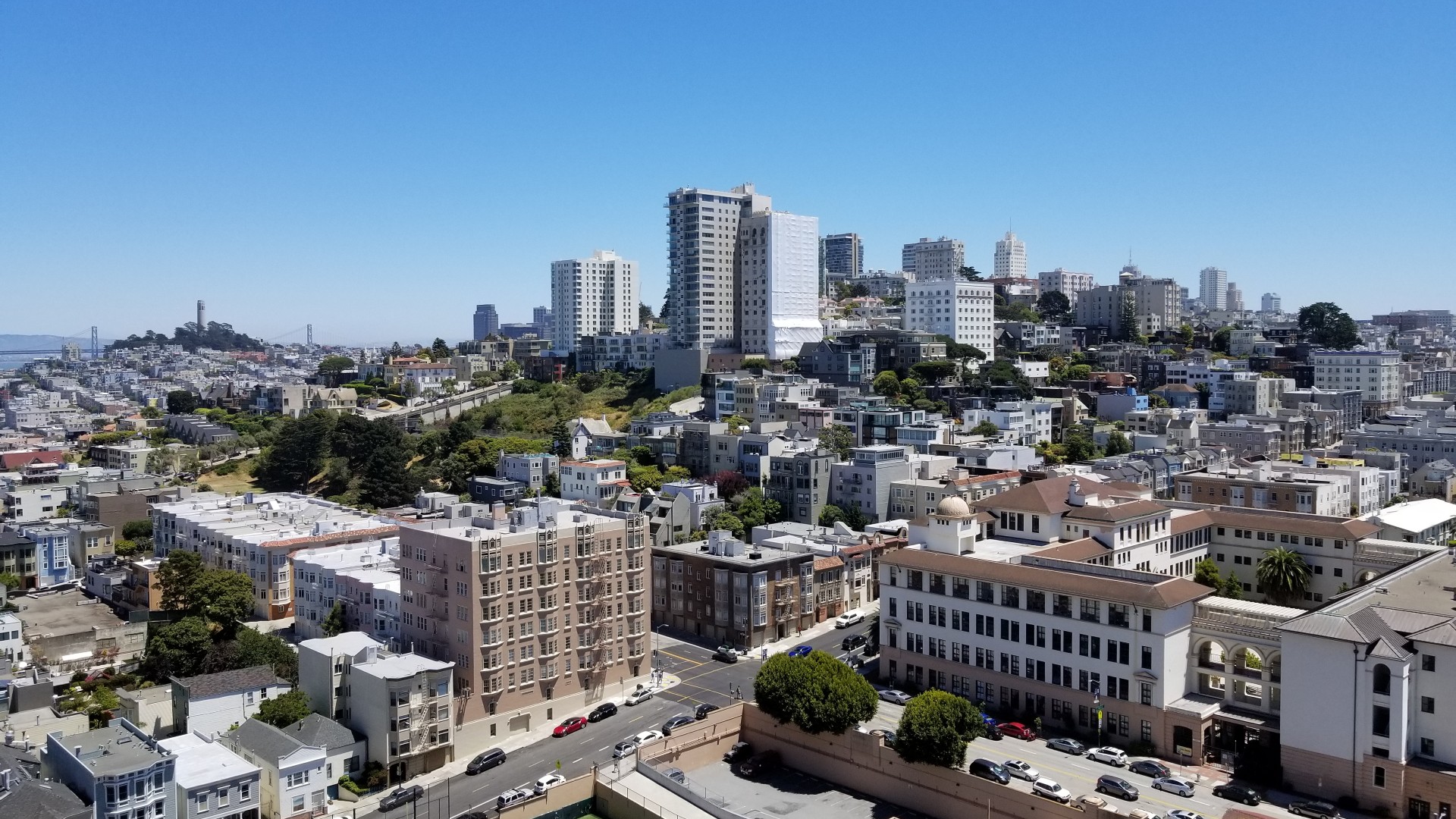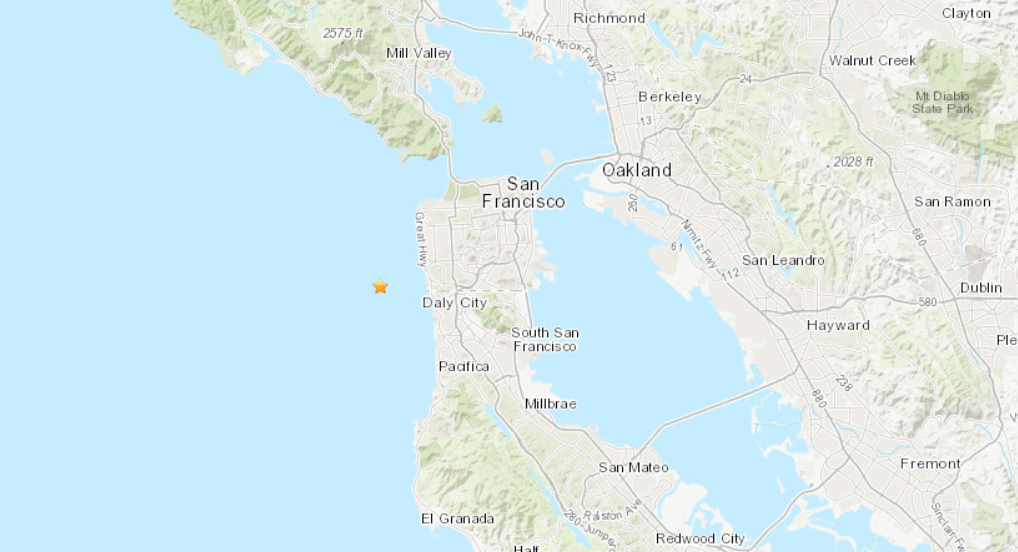San Francisco is considering banning right turns on red lights in downtown and most of the South of Market neighborhood to improve pedestrian safety.
The city already bans right turns on red lights at certain intersections, like Market and Van Ness, and at 54 other intersections in the Tenderloin neighborhood, as part of a program that started in 2021.
Since the no turn on red signs were posted across the neighborhood, the San Francisco Municipal Transportation Agency (SFMTA) says it saw a few key improvements: 92% of drivers obeyed the new restrictions, 70% did not encroach onto a crosswalk, and the incidents of vehicle and pedestrian collisions dropped.
"In 2022, we had four crashes at signals due to right turning traffic," SFMTA city traffic engineer Ricardo Olea said. "The year prior, 2021, we had nine. So, we saw a positive change in the number of crashes."
Based on that data, the city is expanding the new traffic regulation from the Tenderloin into much of downtown and into South of Market.
It's a plan that's currently being reviewed by the police and fire departments and will come up for public comment during a future SFMTA board meeting.
If the proposal is approved, the plan is to begin installing the no turn on red signs later this year.
Some traffic and pedestrian safety advocates say the expansion doesn't go far enough.
"Too slow and too bureaucratic," sustainable transportation advocate Luke Bornheimer said. "It would be much simpler, easier and more intuitive for SFMTA to expand no turn on red citywide."
Get a weekly recap of the latest San Francisco Bay Area housing news. Sign up for NBC Bay Area’s Housing Deconstructed newsletter.
Bornheimer and other advocates have been lobbying city government on the issue for a long time.
Late last year, the San Francisco Board of Supervisors unanimously passed a resolution calling for the citywide rollout.
According to the SFMTA, the expansion is being made possible by grant money.
When more funding comes in and data from downtown and South of Market is analyzed, the plan is to continue into more neighborhoods.



